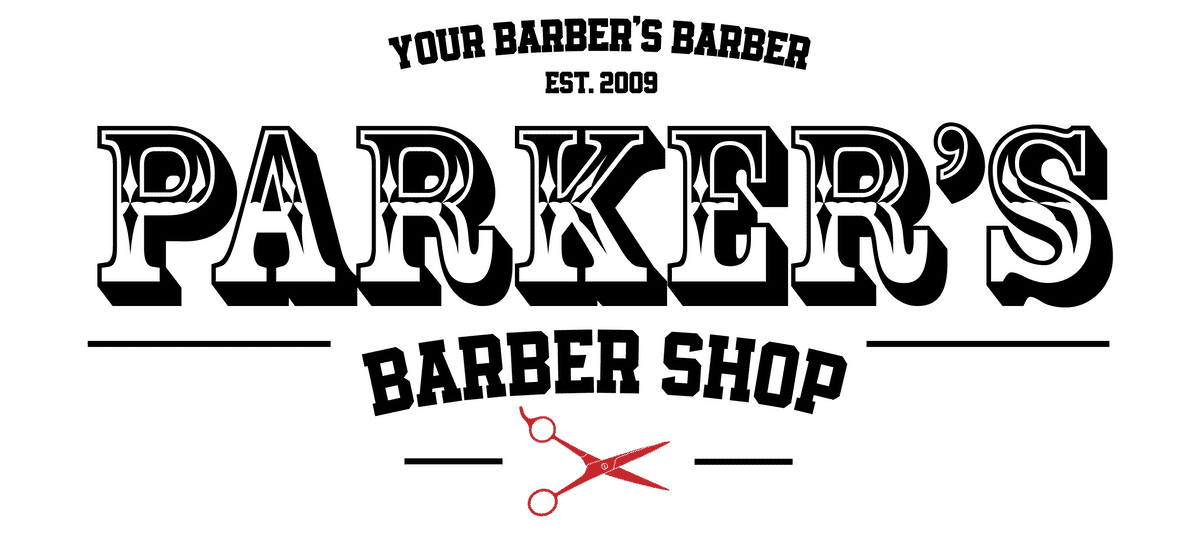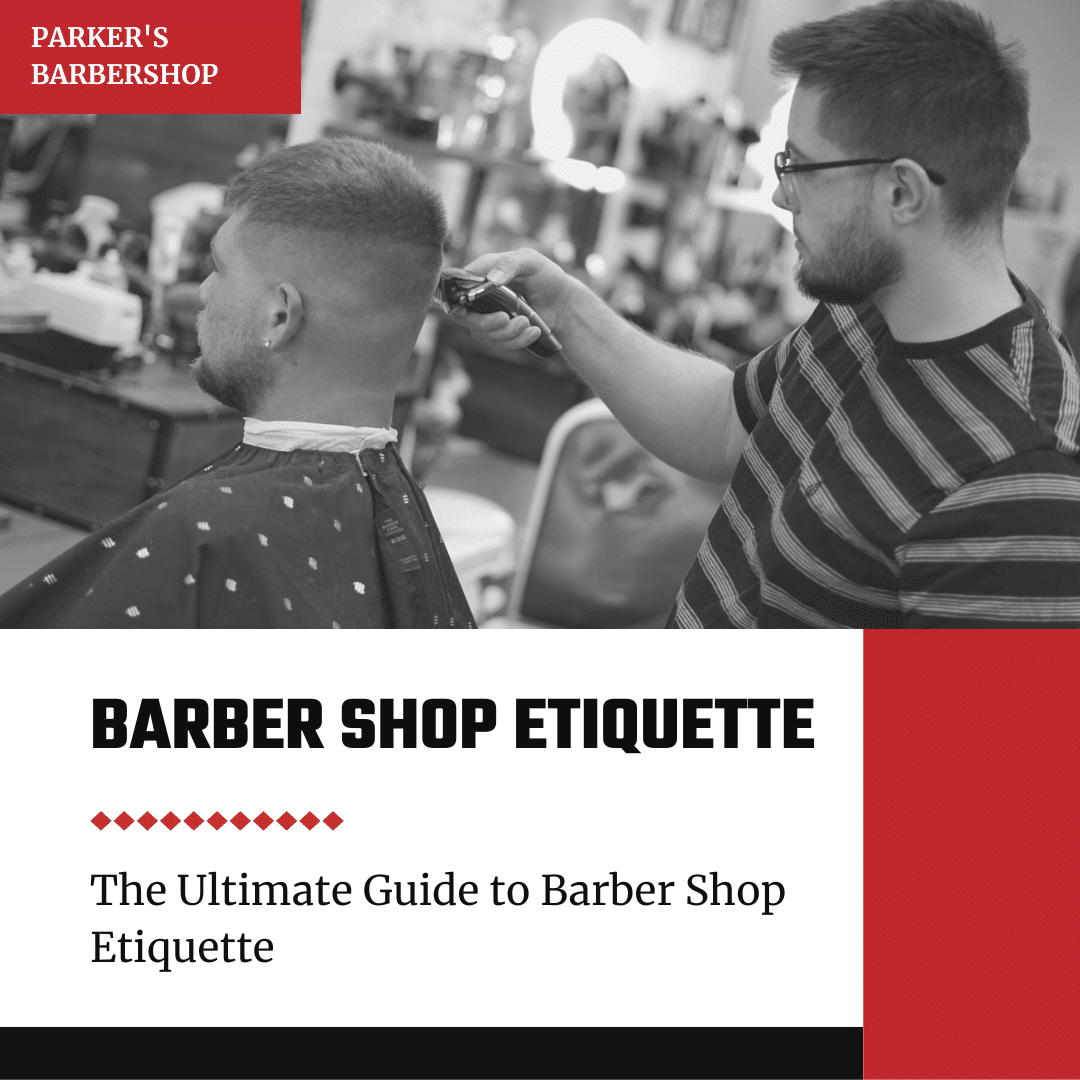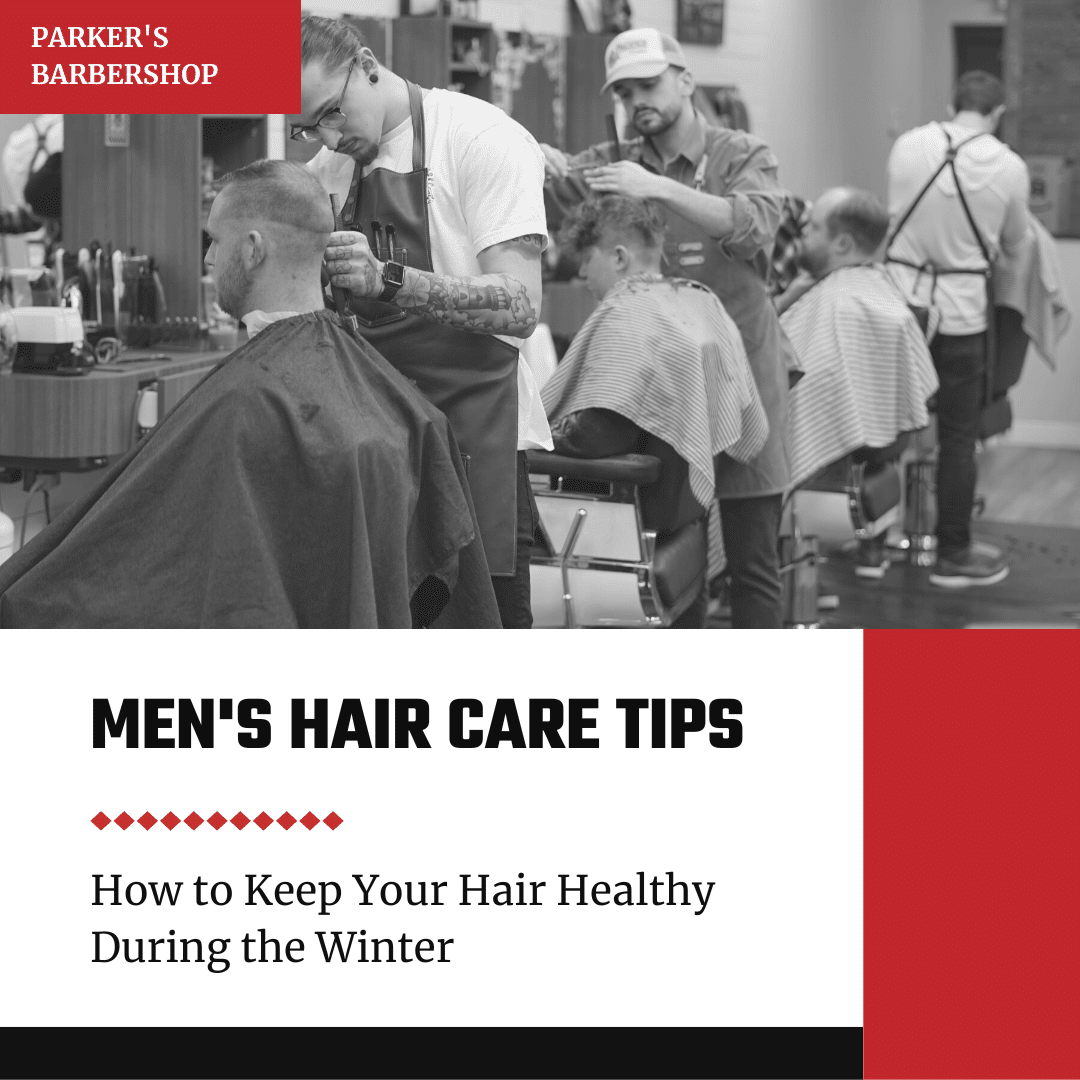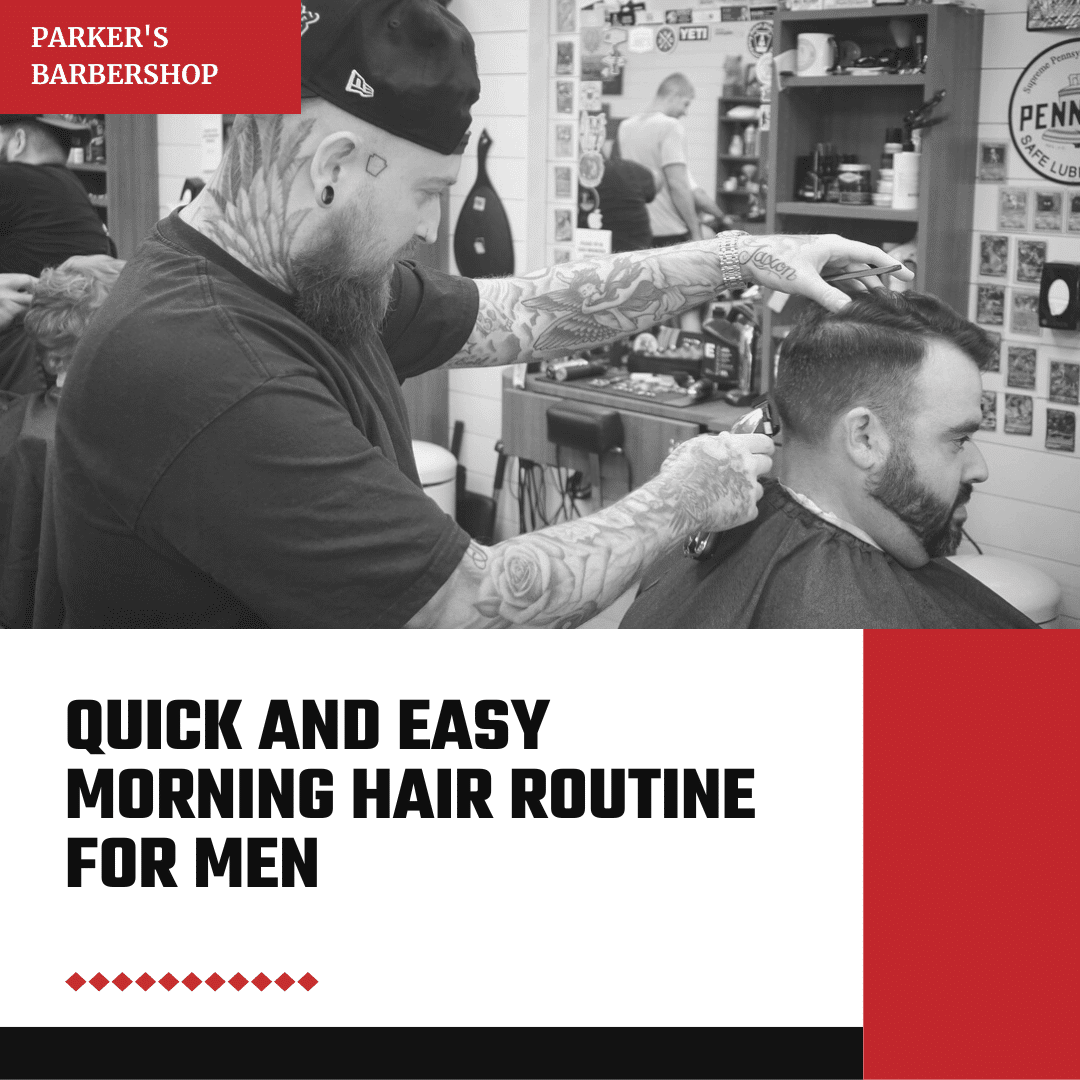Maintaining a healthy and stylish beard becomes all the more crucial in the colder months. Harsh weather conditions can take a toll on facial hair, leading to dryness, breakage, and discomfort. That’s why regular maintenance and the right winter beard care routine are necessary to keep your beard in tip-top shape throughout the winter season.
In this comprehensive guide, we’ll delve into the essentials of winter beard care, ensuring that your beard remains a source of pride rather than a winter woe. We’ll cover everything from the perfect time to start growing your winter beard, choosing the best style, to keeping it soft and healthy. We’ll also answer some of the most frequently asked questions about winter beard care and introduce you to the best products to incorporate into your daily beard routine.
When Should You Start Growing a Winter Beard?
Embracing the winter beard phenomenon has become a yearly tradition for many, serving both as a style statement and a practical response to dropping temperatures. However, timing is everything when it comes to boasting this seasonal accessory.
If you’re aiming for a full, lush beard to keep you warm during the coldest months, it’s best to start growing it out well before winter hits its stride. Late September to early October provides a sufficient window for most individuals to grow a substantial amount of facial hair. This allows your beard to reach its full potential by the time the cold weather of December rolls around. If your beard grows quickly, you might even consider starting growth for No Shave November.
Benefits of Starting To Grow Out Your Beard Early
Beginning the beard growth process in the early days of fall has its perks. It gives your beard ample time to grow, ensuring it’s at a comfortable length when the cold really sets in. Starting early also allows you to navigate and tackle any potential issues, such as patchiness or uneven growth, well in advance.
By planning ahead and giving your beard the care it needs from the get-go, you’re setting yourself up for a winter of warm, stylish facial hair.
Tips for Initial Beard Growth and Care
For bearded newcomers, the initial growth phase might come with some itchiness or discomfort. To prevent this, make a habit of regularly washing and conditioning your beard using products specifically designed for facial hair. Investing in a good beard oil early on can also help to soothe the skin and provide necessary hydration, setting the stage for a healthy, comfortable beard all winter long.
How Can You Keep Your Beard Soft and Healthy During Winter?
Maintaining a healthy beard during the harsh winter months requires a dedicated grooming routine to combat the drying effects of cold air, harsh winds, and indoor heating. Here’s how you can keep your facial hair in top condition.
Understanding the Challenges
The winter season brings specific challenges for beard care. The air is drier, both outdoors and indoors, due to heating systems, making your beard more prone to becoming brittle. The cold winds can lead to damage, while clothing such as scarves and jackets can cause friction and breakage.
Moisturizing and Conditioning
To combat the dryness, keeping your beard well-moisturized is essential during winter. Beard oil helps condition the hair and the skin underneath, maintaining necessary moisture levels. Consider using beard balm, which provides both styling hold and an additional layer of moisture.
Proper Washing and Grooming
Using the right products and techniques for washing and grooming can make the difference between a grizzled look and a polished one. Opt for a beard-specific shampoo rather than regular shampoo to avoid stripping away natural oils. Wash with lukewarm water to maintain moisture (not hot water!), and pat your beard dry gently to prevent damage. Regular brushing with a boar bristle beard brush helps in distributing oils evenly, exfoliating the skin, and preventing tangles.
Diet and Hydration
What you eat and drink also impact the health of your beard. Stay well-hydrated and maintain a balanced diet rich in vitamins and minerals to support healthy skin and hair growth.
What Are the Best Winter Beard Styles?
Beard growth is nothing without some flair. When winter rolls around, you need a beard style that complements the season while providing ample warmth. Selecting the right style can transform your facial hair into a stylish and cozy accessory. Here are some of the most popular winter beard styles and their unique benefits.
- Full Beard: The quintessential winter beard, offering complete coverage and maximum warmth against biting winds.
- Garibaldi: A slightly rounded, full beard paired with a connected mustache, providing substantial warmth and easier maintenance compared to a longer full beard.
- Verdi: Short to medium-length beard with a rounded bottom and a meticulously styled mustache, blending rugged charm with a touch of sophistication.
- Ducktail Beard: Emulating the shape of a duck’s tail, this style provides a sophisticated, sharp look while still offering substantial coverage for warmth.
- Short Boxed Beard: Offering a neat, refined appearance with a clearly defined jawline and a slightly shorter length, perfect for a polished look without sacrificing the benefits of facial hair during winter.
- Bandholz Beard: Characterized by its considerable length and volume, this style creates a bold and impressive look, offering unparalleled warmth and coverage.
Regardless of the style you opt for, maintaining and grooming your beard is crucial for achieving the best results. Regular trims help to keep the shape intact and prevent split ends, while washing and conditioning with beard-specific products ensure that your facial hair stays clean, soft, and comfortable.
Frequently Asked Questions About Winter Beard Care
When it comes to maintaining a beard during winter, you probably have a few questions. Addressing these concerns can help ensure your beard stays healthy, soft, and stylish throughout the season. Here are some of the most frequently asked questions.
Why Does My Beard Get More Coarse in Winter?
Your beard can feel coarser in winter due to the dry air, both outdoors and indoors, which strips away natural oils from your hair and skin. Hot showers can also contribute to dry skin and a drier beard. The lack of moisture can lead to a rougher beard texture. Regular use of beard oil and balm, as well as proper washing and conditioning, can help maintain softness.
What Skincare Products Should I Use After Shaving a Beard in Winter?
Anytime you shave or trim your beard in winter, it’s crucial to apply products that hydrate and soothe the skin to combat the drying effects of the cold weather. Look for an alcohol-free aftershave balm or lotion with ingredients like aloe vera or chamomile to calm any irritation and provide moisture. Applying a good moisturizer can help keep your skin soft and hydrated.
What Are the Best Beard Care Products for Winter?
The best beard products for winter are those that provide moisture and protection. Look for beard oils with nourishing ingredients like argan oil, jojoba oil, and vitamin E. Beard balms with shea butter can offer additional moisture and hold. Choose a gentle, hydrating beard wash to clean without stripping away natural oils.
Conclusion
Now that you have a better understanding of how to care for your beard during the harsh winter months, you can ensure it stays in top condition. By understanding the unique challenges that the season presents and adopting a consistent beard care routine, you can ensure your facial hair remains a proud feature of your winter style. Proper care, combined with the right products, can make a world of difference, helping you confidently sport your beard all season long – and maybe even into the spring.
Embrace the winter months as a time to showcase your beard’s full potential. To care for your facial hair in any weather, check out quality grooming products from Parker’s. Most of all, don’t shy away from trying out different beard styles to find what suits you best.




